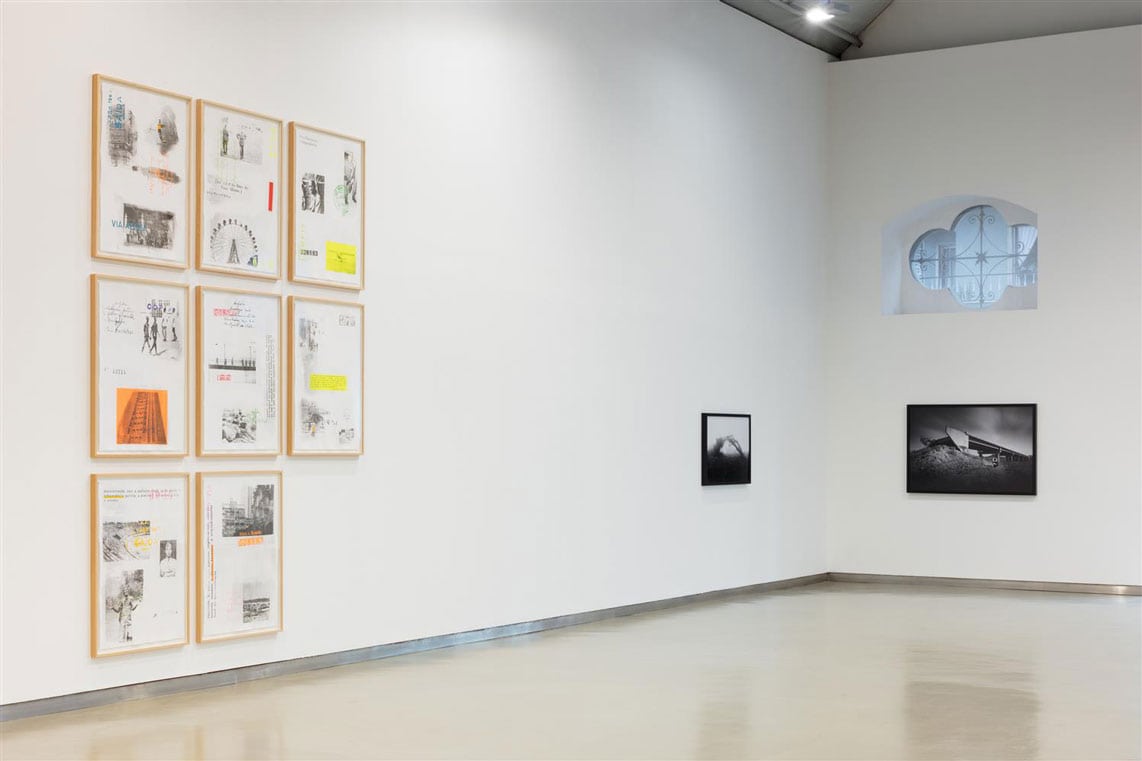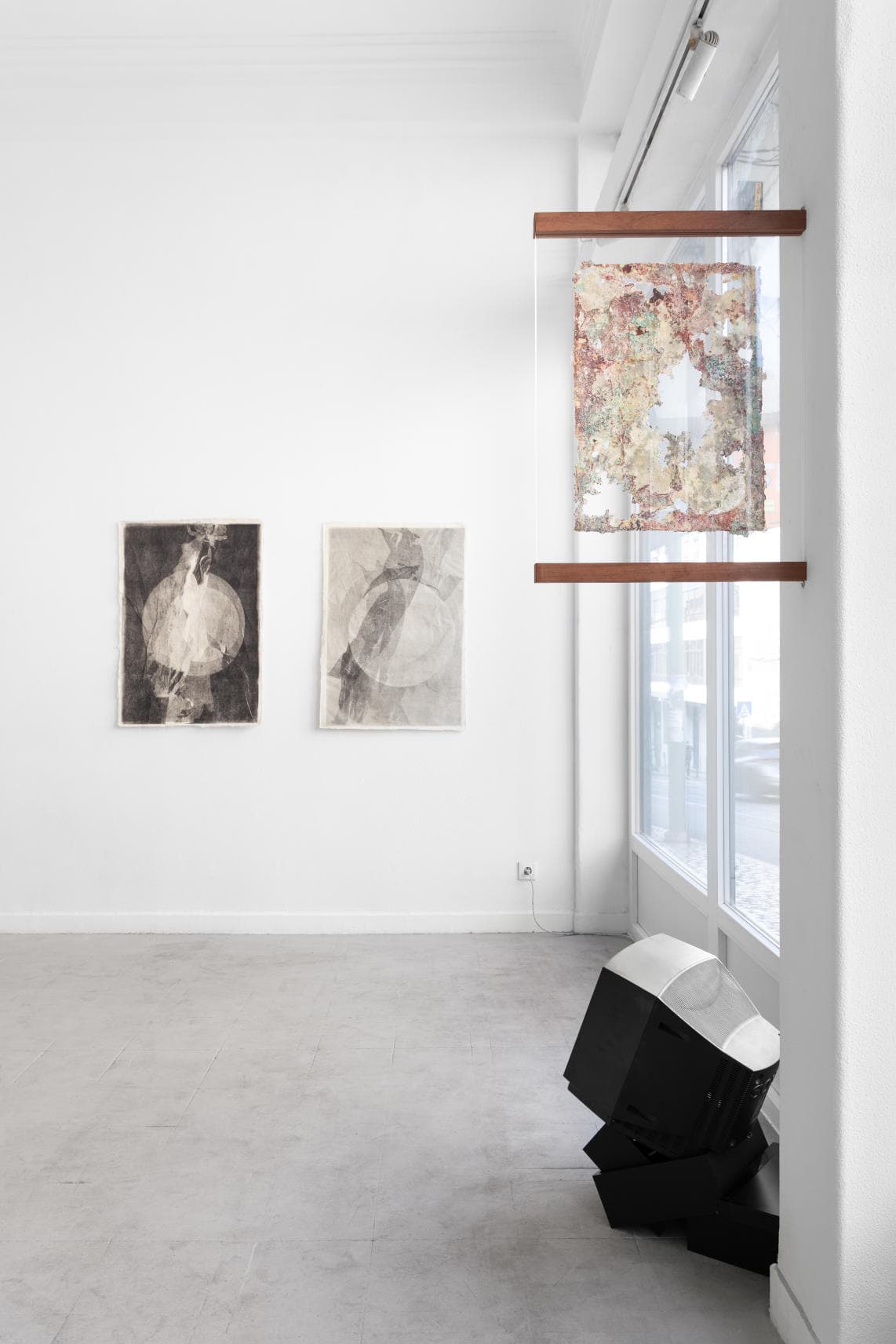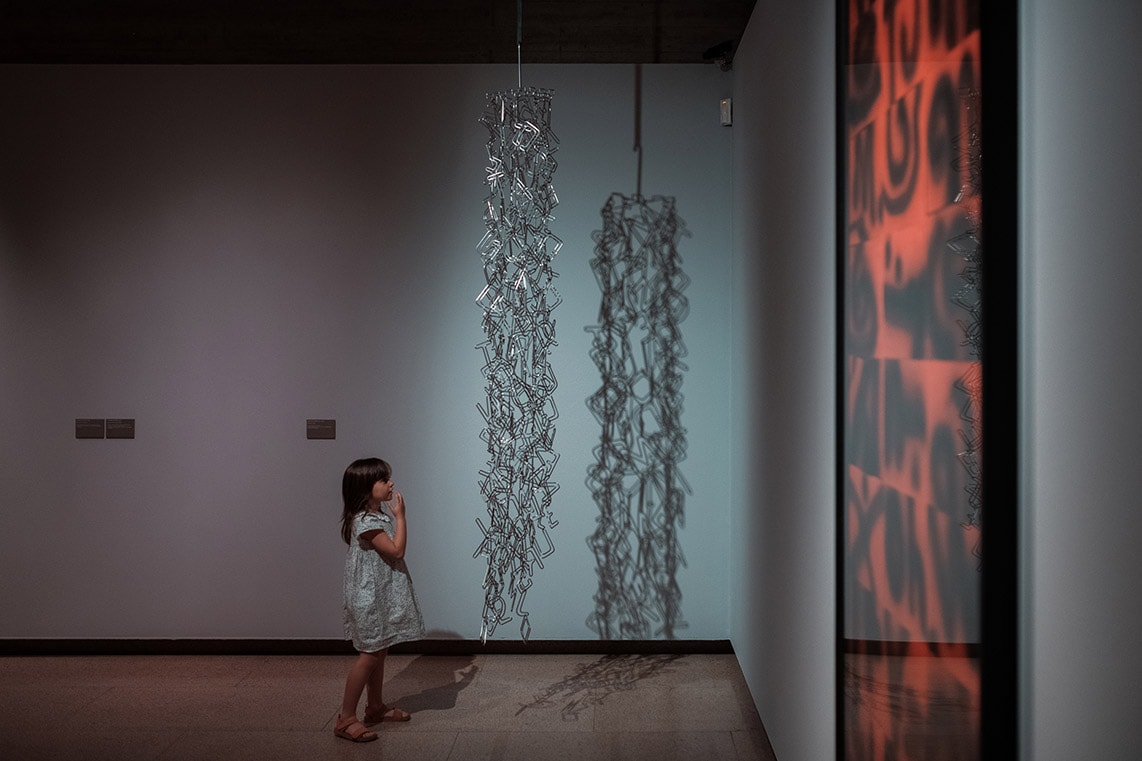After visiting the vast exhibition – with more than 200 works – at Fundação Calouste Gulbenkian’s headquarters, I walked around the garden wanting to digest all the encounters-affections triggered by the exhibition. After a few minutes, a baby came and looked at me intensely for a few seconds. The mother immediately ran after her cub. I played with the baby for a few minutes. After this interaction, I start to observe what was around me: mothers, grandmothers and babies filling the garden on a sunny late afternoon. The affection, care and dedication of all were palpable. This episode guided my concerns regarding the exhibition. Sofia Guedes Vaz, in a statement given to Gulbenkian, brilliantly exposes one of my questions: the esthesis, the sensibility, as a strategy for a sustainable future[1]. The feminine is the archetype of this ability. Ecofeminist theories imagine possible futures for us as humanity, independent of gender. However, a second political and not only philosophical issue arises: female discrimination and marginalisation in the labour market (including in the artistic world)[2] and the domestic role that women play without being paid[3] is a reality and needs to be deconstructed (now, today, as quickly as possible!). The recognition and assertion of the desire to create one’s voice and desire is a start. And so I confirm that art is revolutionary.
Image: destroy internal and external walls to build new foundations from an ecological vision, having sensitivity, care and gratitude as cornerstones. A second image appears: the goddess Kali in the Hindu tradition – stained with blood, around snakes and a necklace of skulls. And a third image beside the others: the statue of Venus de Milo – armless – pale with the wear and tear of time[4], locked away in the Musée du Louvre, in Paris.
Recognition
«What about love? The sound of love… one must distinguish between love and maternal feeling, holding. Which corresponds slightly to a stage, a moment of survival, until the day comes when, having already passed through his mother’s womb, he becomes love; for me, love is the force that warms those who pass through your domains to enable them to reach the stage where you are.
To be looked at with a tender gaze: it is strength, a strength.»[5]
Important: the names of the artists in the exhibition, regardless of the way these voices materialized and were gathered by the curator. Aurélia de Sousa, Mily Possoz, Rosa Ramalho, Maria Lamas, Sarah Affonso, Ofélia Marques, Maria Helena Vieira da Silva, Maria Keil, Salette Tavares, Menez, Ana Hatherly, Lourdes Castro, Helena Almeida, Paula Rego, Maria Antónia Siza, Ana Vieira, Maria José Oliveira, Clara Menéres, Graça Morais, Maria José Aguiar, Luisa Cunha, Rosa Carvalho, Ana Léon, Ângela Ferreira, Joana Rosa, Ana Vidigal, Armanda Duarte, Fernanda Fragateiro, Patrícia Garrido, Gabriela Albergaria, Susanne Themlitz, Grada Kilomba, Maria Capelo, Patrícia Almeida, Joana Vasconcelos, Carla Filipe, Filipa César, Inês Botelho, Isabel Carvalho and Sónia Almeida.
The strategy is to feel
All I want brings together works by Portuguese women artists from the early twentieth century to the present day. The curators’ exhibition proposes a sixteen-nuclei tour of Portuguese art narrated from a feminine perspective: O lugar da artista, Feminino plural, Corpo central, O olhar e o espelho, A palavra, O espaço da escrita, Construção, Le vivant, A casa, O político, Memórias coletivas, A world of illusions, As mulheres do meu país, Quotidiano vernacular, O teatro do corpo and, finally, Ouve-me.
The nuclei are non-linear, creating unexpected encounters between artists of different generations but with similar concerns. Perhaps this is a message that tells us that it is still necessary to fight to establish a history in which the feminine is no longer the other sex.
The subtitle I use – The strategy is to fell – evokes an ethic explored by ecological and feminist theories centred on a premise that values emotional aspects of moral life, not in opposition to logos, to reason, but complementary. Exposing, highlighting generations of women who have fought for a place in art, but also outside it, helps us to create momentum in this direction. Marginalisation is used as a weapon, but also as a shield. The aesthetic experience is defusing and this is the place we need to inhabit.
All I want: Portuguese women artists from 1900 to 2020 is on view at Museu Calouste Gulbenkian until August 23, now with extended opening hours (from 10:00am to 9:00pm). Admission is free, subject to the venue’s capacity.
[1] Today, July 29, 2021, we reach Earth Overload Day. On this date, we exhaust the resources the planet provides us in a year. We need 1.7 planets Earth to meet the demand – 74% more resources than our planet is able to regenerate in one year. Learn more here (access on 29-07-2021).
[2] Julia Flamingo writes about the same exhibition with a critical perspective on the space gained by women in the arts in Portugal. Learn more here (access on 29-07-2021).
[3] Article published in Público, in 2019, with the subtitle: «Laura Sagnier, coordinator of a study on Portuguese women, argues that the first thing to do for women to be less tired is to “change the formatting of their head”. Because, by wanting to do everything, they end up harming their health, their married life and that of their children.». Learn more here (access on 29-07-2021).
[4] It is possible that, like other marble sculptures of Classical Antiquity, the Venus de Milo was polychrome.
[5] Llansol, Maria Gabriela. (1999). Livro das Comunidades. Lisboa: Relógio d’Água. p. 103.
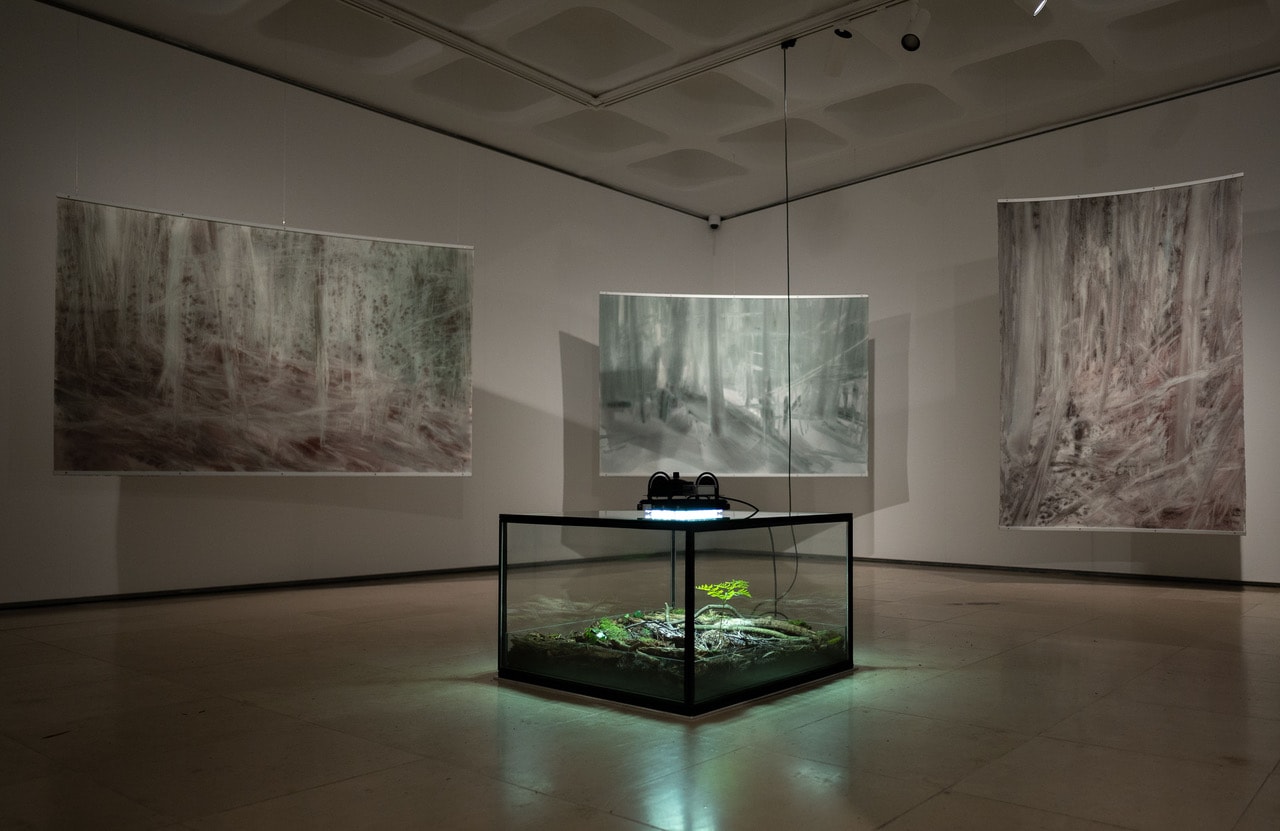
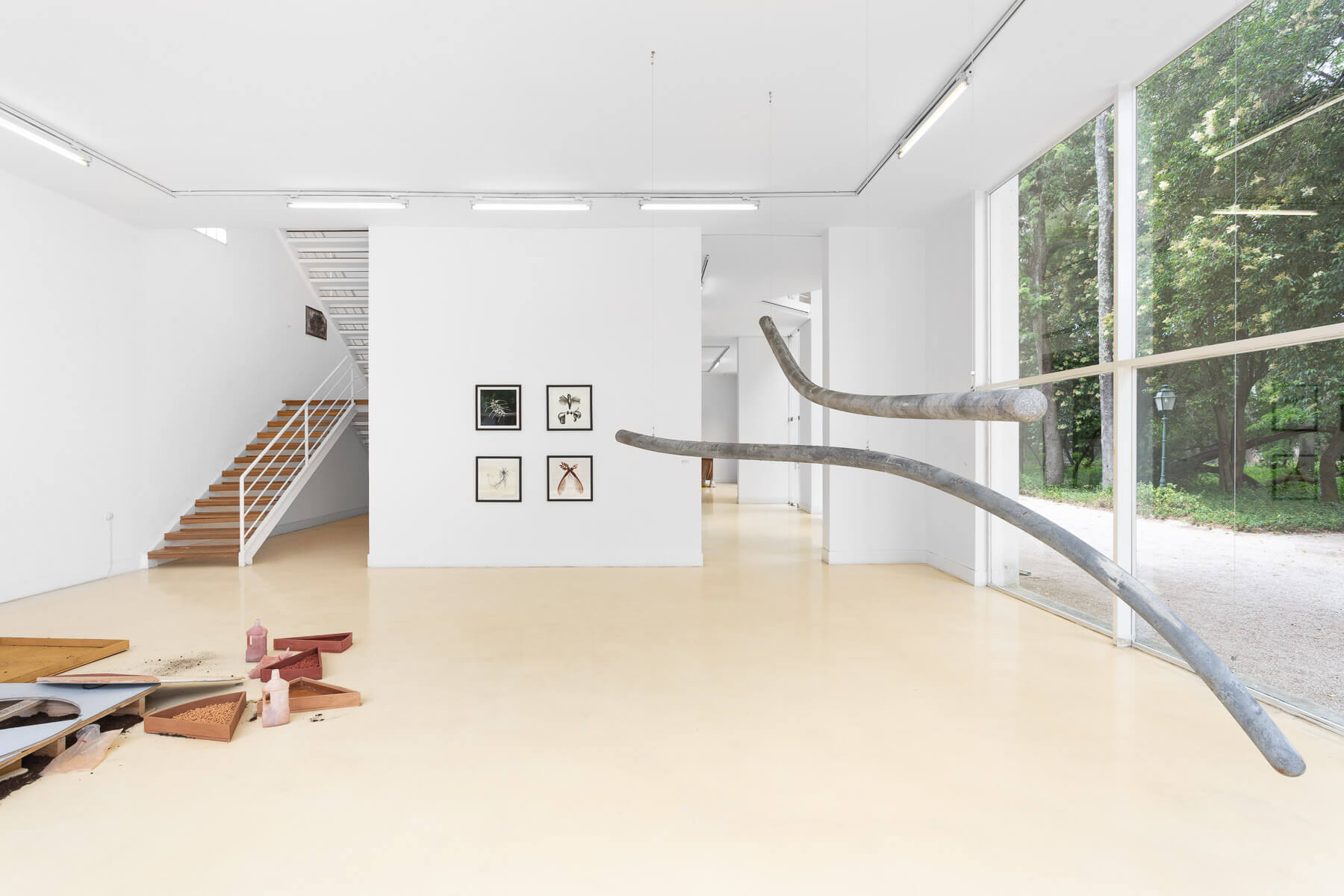
![Mutirão[i] at the nowhere: an experiment in living(with)](https://umbigo.s3.us-east-1.amazonaws.com/public/wp/1-_01_vistageral_mutirao_dez2021.jpg)
